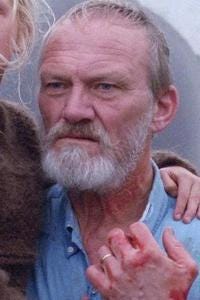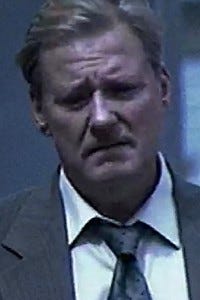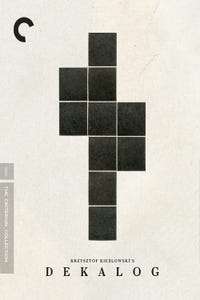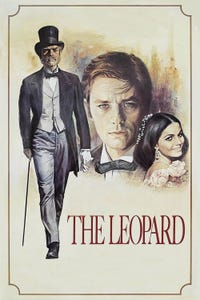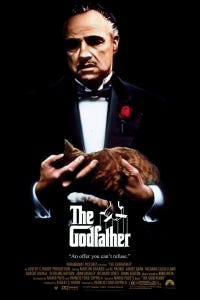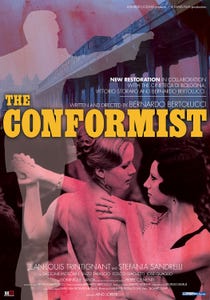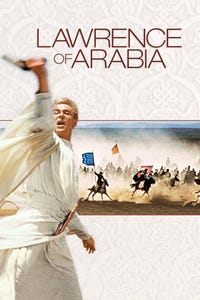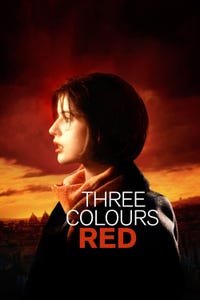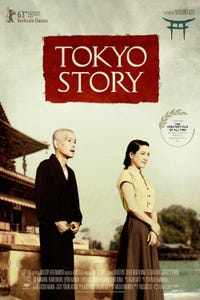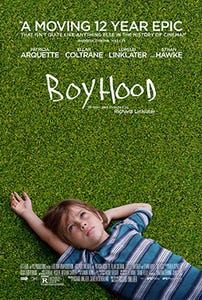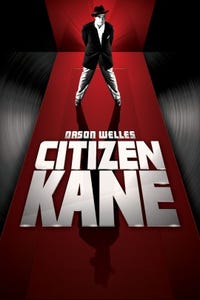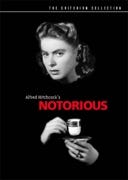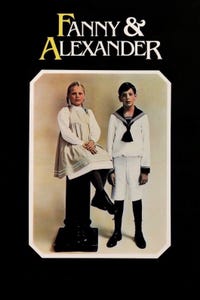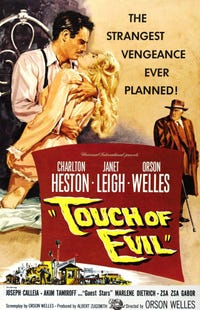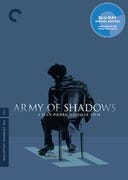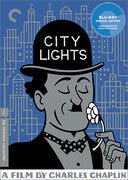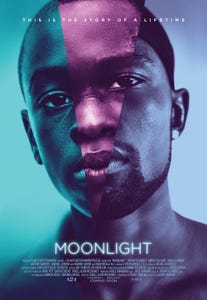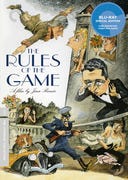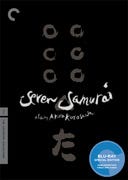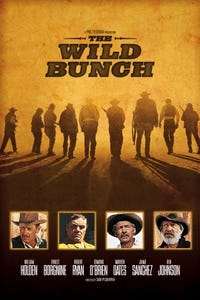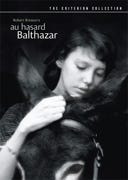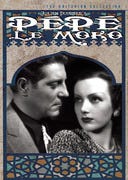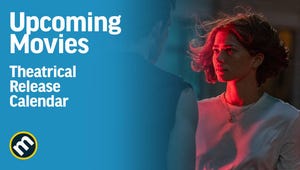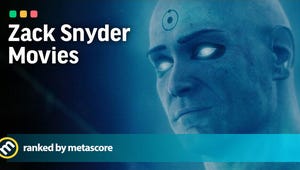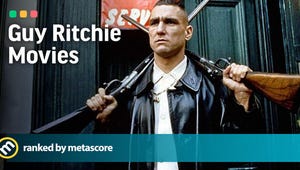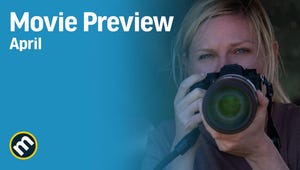- 2023
- Unrated
- Janus Films
- 2 h 23 m
- 2023
- Unrated
- Janus Films
- 2 h 23 m
Summary In the late nineteenth century, Danish priest Lucas (Elliott Crosset Hove) makes the perilous trek to Iceland’s southeastern coast with the intention of establishing a church. There, the arrogant man of God finds his resolve tested as he confronts the harsh terrain, temptations of the flesh, and the reality of being an intruder in an unf...
Directed By: Hlynur Pálmason
Written By: Hlynur Pálmason
- 2023
- Unrated
- Janus Films
- 2 h 23 m
- 2023
- Unrated
- Janus Films
- 2 h 23 m
Godland
Where to Watch
Summary In the late nineteenth century, Danish priest Lucas (Elliott Crosset Hove) makes the perilous trek to Iceland’s southeastern coast with the intention of establishing a church. There, the arrogant man of God finds his resolve tested as he confronts the harsh terrain, temptations of the flesh, and the reality of being an intruder in an unf...
Directed By: Hlynur Pálmason
Written By: Hlynur Pálmason
Where to Watch
Top Cast
20 Reviews
1 Review
0 Reviews
20 Reviews
1 Review
0 Reviews
18 Ratings
6 Ratings
3 Ratings
18 Ratings
6 Ratings
3 Ratings

